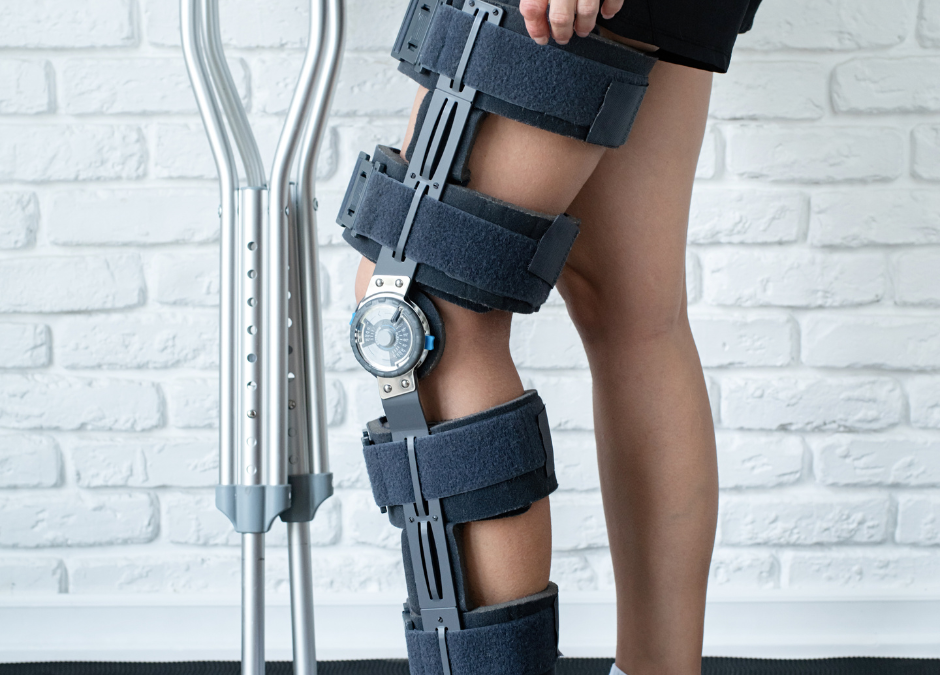“How long is this going to take?”
It’s one of the first questions athletic trainers hear after an athlete gets sidelined. And it makes sense — athletes are competitors. They want answers. They want to know when they can get back to training, competing, and doing what they love.
While trainers can lean on their clinical experience to offer an estimated timeline — maybe 1–2 weeks for a mild ankle sprain or 9–12 months after ACL surgery — true recovery isn’t about the calendar. It’s about the checklist.
Because here’s the reality: Even if two weeks have passed, if that athlete with the ankle sprain still can’t jog, they’re not getting cleared to return to soccer.
Rehab Is Guided by Goals, Not Just Time
Goal-setting is essential in the rehab process. It gives direction, clarity, and momentum — especially in those early weeks when progress can feel slow.
Take a basic ankle sprain. Early goals might include:
-
Reducing pain
-
Controlling swelling
-
Restoring pain-free range of motion
Once those goals are met, the next phase might focus on:
-
Regaining full mobility
-
Improving balance and proprioception
-
Rebuilding strength and stability
Each checkpoint leads to the next, and only when all are met can a safe return to sport happen.
For Serious Injuries, Milestones Matter Even More
For post-surgical rehab cases, like ACL reconstruction, progress is tied to both time and performance-based milestones.
For example:
-
Jogging isn’t permitted before 12 weeks post-op, regardless of how good the athlete feels.
-
But even at 12 weeks, the athlete may still need to pass a 2-to-1 6” box jump test before lacing up their shoes.
Both conditions must be met. The calendar and the checklist work together.
So, What Should Athletes Be Asking?
If you’re an athlete, it’s absolutely reasonable to ask your provider:
“How long will this take?”
But here’s the better follow-up:
“What do I need to accomplish before I can return?”
That’s your real roadmap.
Let’s say you’re a soccer player recovering from an ankle injury — your checklist might include:
✅ Jog pain-free
✅ Cut and pivot without hesitation
✅ Jump, shoot, and play at game intensity
Or if you’re a hockey player with a shoulder injury:
✅ Regain full range of motion and strength
✅ Tolerate full-contact drills
✅ Show safe shooting mechanics on the ice
Is It a Timeline or a Checklist?
It’s both.
Timelines help manage expectations. Checklists make sure your body is ready.
If you want to get back in the game safely and confidently, focus less on the number of days and more on what you can do. Your comeback depends on it.

